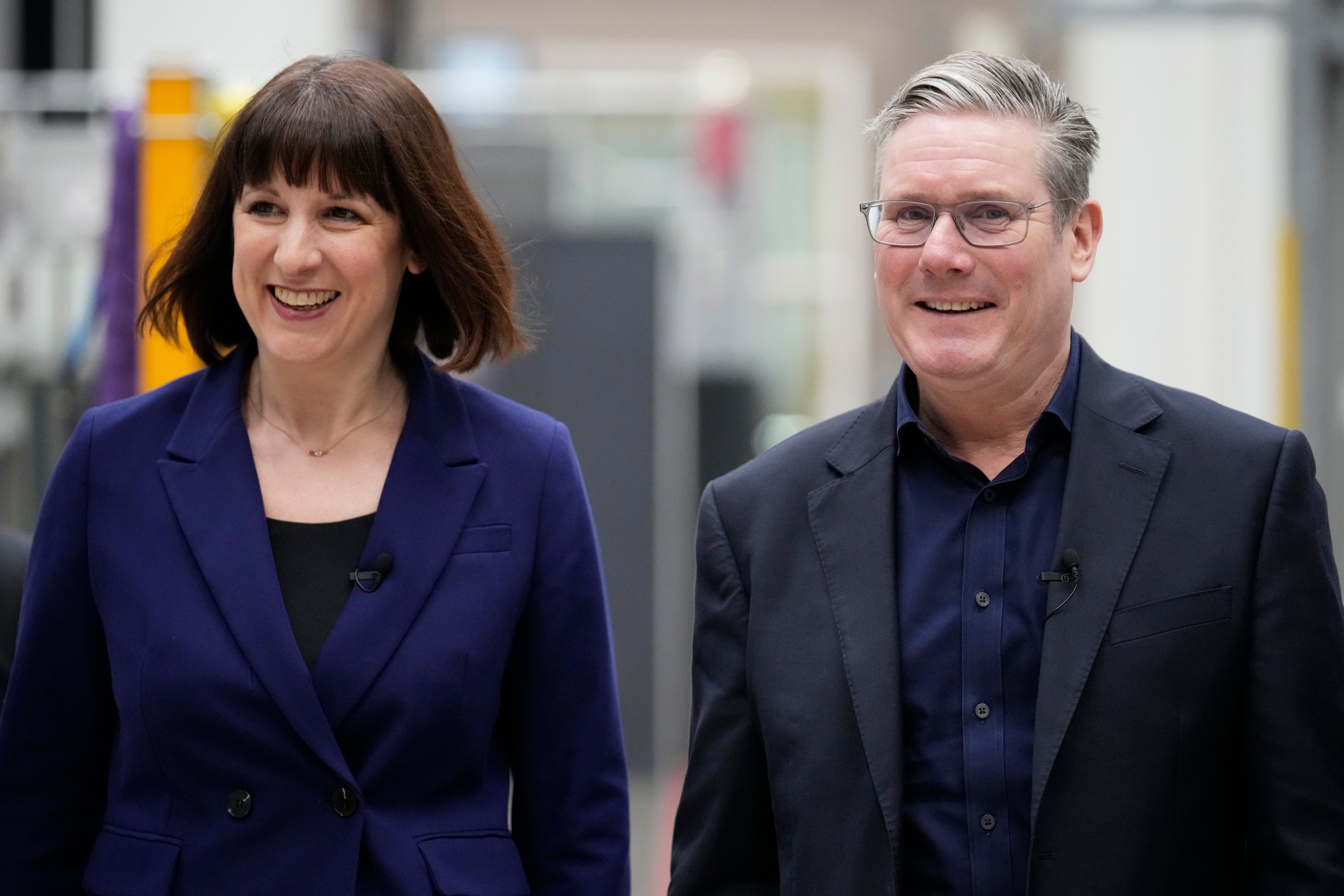After the great U-turn, what exactly is Labour’s green policy now?
Keir Starmer has dropped a £28bn pledge that no one really understood. So, asks John Rentoul, is the party’s net zero plan any clearer?


As the smoke clears from the burning rubber of Labour’s U-turn in its plans to deal with the climate crisis, a more robust set of policies has emerged.
The party put out a statement on Thursday that said: “As part of the party’s finalisation of policies for a general election campaign, Labour has reconfirmed its commitment to the policies announced through the Green Prosperity Plan, to create jobs, cut bills and unlock investment.”
This is striking for two things: one, its pretence, almost worthy of Theresa May, that nothing has changed; two, that it doesn’t mention the climate crisis or net zero or anything to do with the environment apart from the word “green”.
In a way, it is true that nothing has changed, in that the pledge to borrow £28bn a year for green investment had been rendered meaningless when Rachel Reeves, the shadow chancellor, said last year it would be “subject to” her fiscal rule that debt must be falling after five years. And Labour has been trying for some time to rebadge it as a jobs plan more than a green plan.
What has the policy changed from and to?
The policy was to borrow to invest £28bn a year, but that included about £10bn a year already planned by the Conservative government, so it was only £18bn a year, and that had been postponed to the second half of the next parliament. Even then it was subject to Reeves’s fiscal rules, which meant it could have been anything between zero and £18bn a year.
The policy now is to spend about £5bn a year, some of which will still come from borrowing – subject to fiscal rules – but part of which will be funded by extending the windfall tax on oil and gas companies. This means the promise is smaller but more certain.
Most of the reduction in the scale of the programme is accounted for by cutting the plan to insulate millions of homes. That will now cost £7bn over five years instead of £6bn a year.
But what will the policy actually do?
The main objective, or “mission”, remains to decarbonise the UK electricity supply by 2030. This is still a hugely ambitious aim – the current government target of doing it by 2035 is regarded by many in the industry as pushing it a bit.
Most of the mission is supposed to be achieved by the private sector, with the government changing planning laws to make it easier and using public investment to try to attract private capital in a ratio of £3 to every £1 committed by the government.
Labour continues to promise to set up Great British Energy, a publicly owned energy company, and a National Wealth Fund to invest in “electric vehicle production, ports, clean steel, hydrogen, carbon capture and storage”.
Although the financial numbers attached to these policies are now more credible, mainly because they are smaller, there is little detail on how low-carbon electricity will be possible within five years of a Labour government taking office towards the end of this year.
Reeves had some difficulty with this in an interview on the Today programme on Friday morning, at one point suggesting that tidal power, which would take at least a decade to build (and is very expensive), might fill the gaps when the wind isn’t blowing or the sun not shining.
So who is in charge?
The long-drawn-out U-turn has exposed differences in the shadow cabinet. Ed Miliband, the shadow energy secretary, argued in private to keep the £28bn figure but has gone along publicly with its abandonment.
Although the figure was originally announced by Reeves in her first party conference speech as shadow chancellor in 2021, much of the work on it had been done by Miliband, so it was seen in the party as very much his policy.
More significantly, the stresses of changing the policy included for the first time an apparent rift between the leader and the shadow chancellor. Reeves conspicuously refused to use the £28bn figure in an interview a few days before the new policy was announced, whereas Sir Keir Starmer repeated it while trying to emphasise the clean power objective behind it.
It seems that Reeves was the main driving force behind the U-turn, although she had significant support from Pat McFadden, her former deputy who is now in charge of the election campaign, and Morgan McSweeney, Sir Keir’s long-standing adviser.
But in the end, Sir Keir was persuaded that his ruthless pursuit of power required him to make the change.






Join our commenting forum
Join thought-provoking conversations, follow other Independent readers and see their replies
2Comments